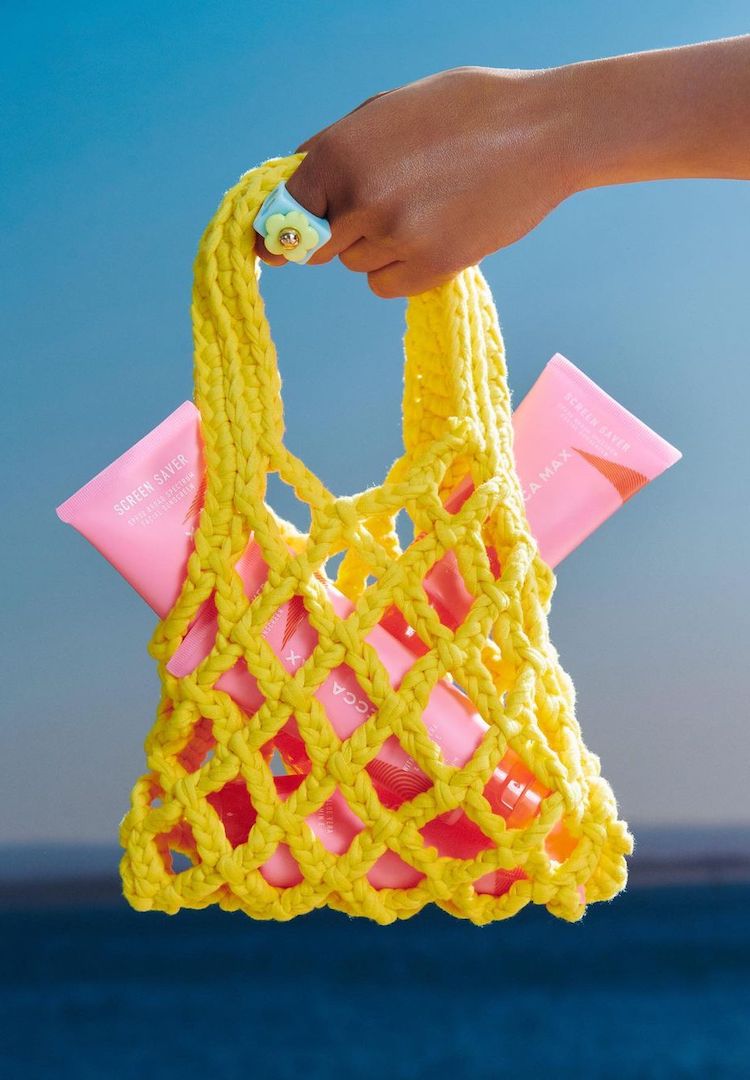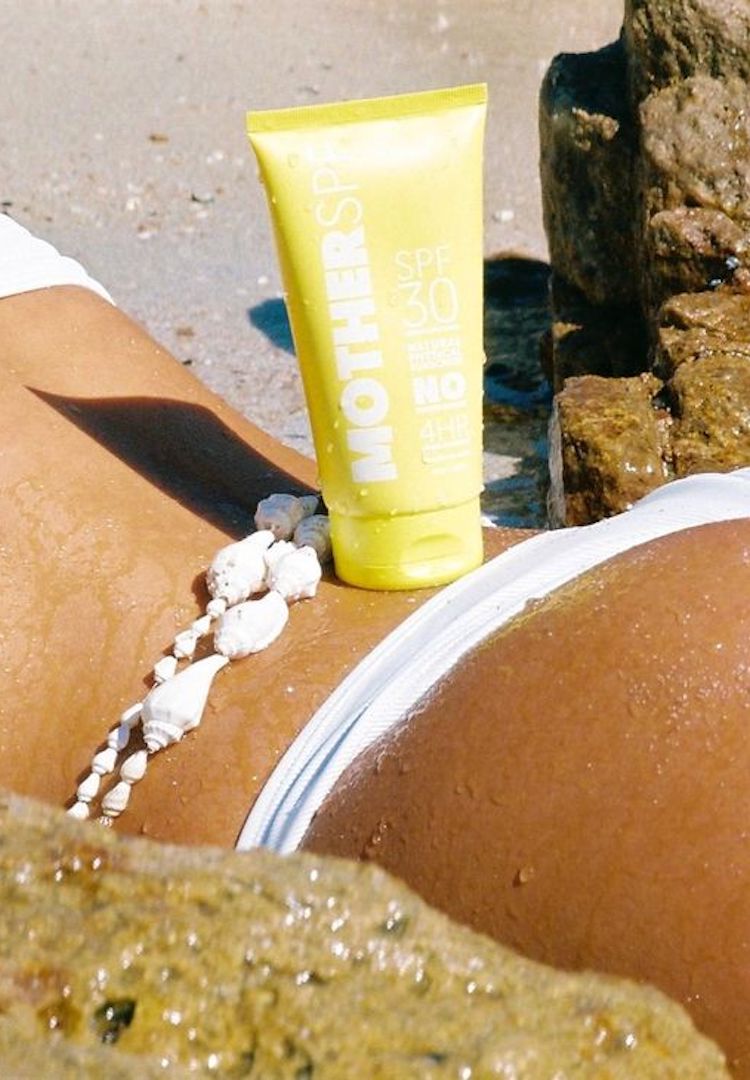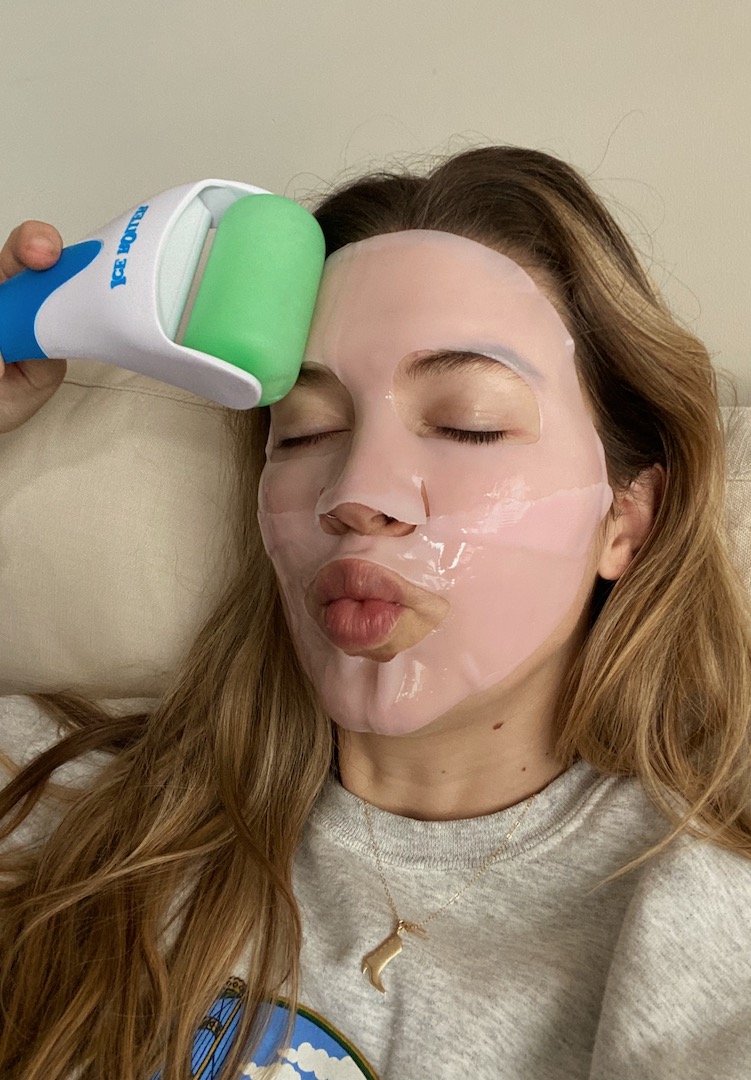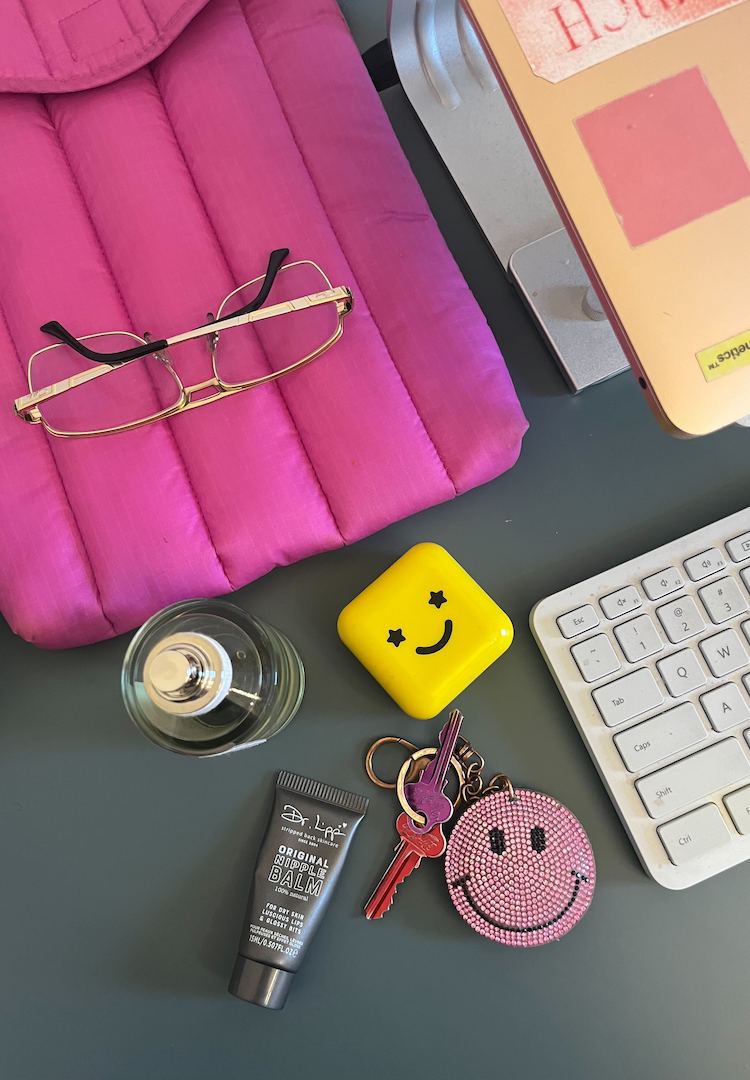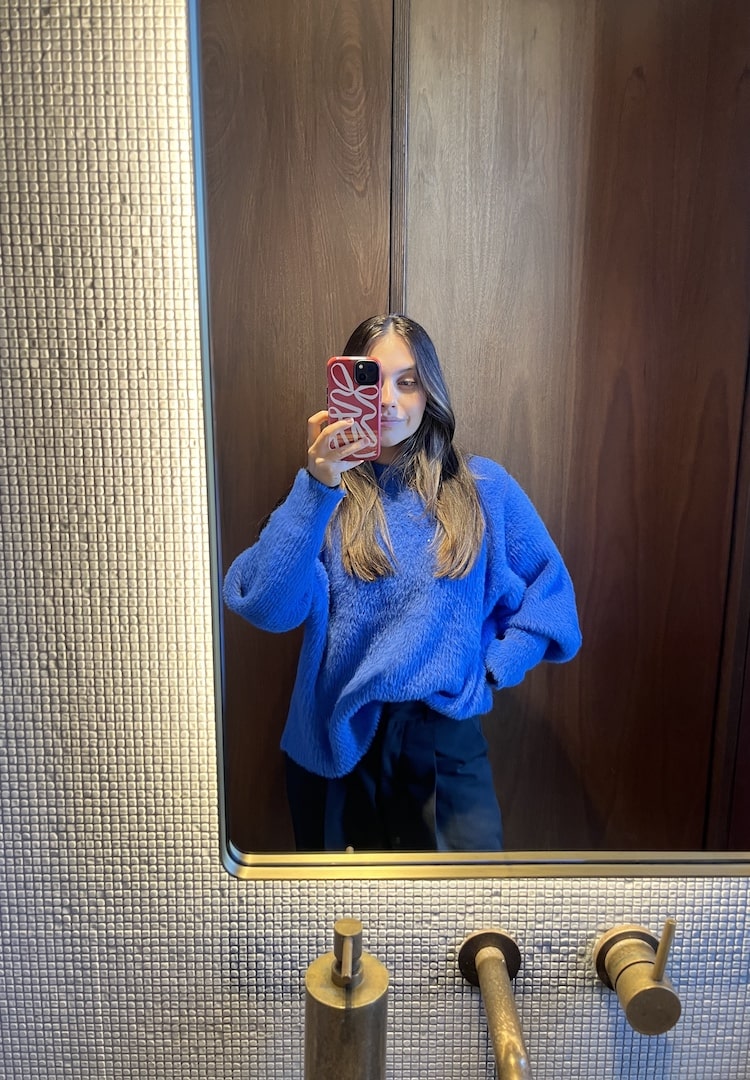I tried Botox for my chronic teeth grinding problem
WORDS BY CAT FORSYTH
“Botox was not what I’d expected to hear from my dentist, but I was open to the idea.”
I’m a teeth grinder from way back. I remember chewing pencils, slapping on Vicks VapoRub and sitting down with a heat pack (all remedies for pain relief recommended by my doctor) as far back as Year 1. But despite all the painkillers and hot compresses, the pain carried on.
After seeing a psychiatrist at eight years old, it was made clear that my jaw pain was emotionally rooted. I had a hard time verbalising my distress as a child and tended to express these feelings through physical pain. Teeth clenching and grinding soon became synonymous with anxiety episodes, so my parents knew that if I complained of headaches and jaw pain, I was particularly upset or worried that day.
We like nosy people. Don’t be shy, head to our Beauty section for more.
I grew to live with the flare-ups. I knew that when my anxiety was heightened, my jaw would clench tight once again and I’d reach for the Panadol. This was normal, or so I thought, as the pain carried on throughout my childhood.
Despite no longer experiencing the severe mental distress that plagued my adolescence, I’m still not completely free of anxieties (duh). My stress levels have drastically lowered, but I’m not immune to a freakout every once in a while. I’ve had to accept that as a person, I am a worrier by nature and that it’s not always pleasant, but I’m okay.
Generally, my day-to-day stress is channelled through ‘body-focused repetitive behaviours‘. For me, this mainly consists of teeth grinding and clenching, as well as hair pulling and nail-biting. And although I’m managing and living with these behaviours, the teeth grinding still causes me a lot of discomfort.
In the latter half of this year, I grew tired of waking up with cracking headaches that had me reaching for painkillers before I was even out of bed. Pencil gnawing, lollipop sucking and gum chewing did nothing to relieve my pain, so I decided to go to the dentist for help.
My dentist was really understanding, immediately recognising my distress. I was relieved when he proposed a plan of action. Firstly, he would make me a splint (basically a mouthguard) to wear at night. Secondly – and this one shocked me – he said I should try getting Botox to relieve the pain during the day.
Botox was not what I’d expected to hear from my dentist, but I was open to the idea. I did some research and was surprised to find that it’s a very common procedure for bruxism (the clinical term for teeth grinding). Botox is a muscle relaxant, so injections of it can ease jaw clenching and teeth grinding.
Essentially, it’s harder to clench your jaw when the muscles in it are relaxed. After receiving my new mouthguard from my dentist, I was given the go-ahead to book Botox. Incidentally, there’s a cosmetic surgery across the road from my dentist’s office, and he referred me there.
Upon calling the cosmetic surgeon’s office, I found out that Botox wouldn’t be covered by Medicare or by my health insurance. The initial quote was $600 (!), but because I was referred by a local business, the price came down to $500. I acknowledge my privilege here – without help from my parents, I probably couldn’t have afforded to undergo the procedure.
To my surprise, the waiting time was only a week. By the time a week had rolled around, I was feeling well and truly ready (the daily headaches had grown very tiring). Upon my arrival, the doctor and I once again discussed my situation. She felt my muscles to judge exactly where and how much of the treatment to use. I lay down on the table and the doctor drew dots on my cheeks to indicate where to inject, and then applied some ice to my cheeks.
Then it was time for the needles, which is when I got a little bit nervous. But the injections weren’t painful – they felt more like a tiny pinprick. After five injections into my right cheek, I was feeling fine. I bled slightly, so held a compress to my face while the doctor got to work on the other side.
After seven needles to the left side of my face, I was done! I’d only been on the bed for less than 10 minutes, and the treatment was over. The doctor held ice to my face for a moment, then gave me some gauze to hold to my cheeks for the (minimal) bleeding. And that was it!
They informed me that although I would feel the treatment working its best after about two weeks, I may start to feel a change after three to four days. She told me it would be harder to clench my jaw, as the Botox will be getting to work relaxing the muscles.
It’s now been almost two weeks since I had the procedure, and I’m definitely starting to feel a difference. I can physically feel that the muscles in my jaw have slimmed down when I touch my cheeks. When I go to clench my jaw, there is less force and I can’t put as much pressure on my muscles. Every time I start clenching or grinding, I’m able to pick myself up on it, stop, and reset.
I expect that as the weeks progress, the constant tension I hold in my jaw muscles will start to dissipate. I’m so grateful I was able to undergo this procedure. Waking up without a headache every morning means my days already start on a more positive note, and finally having freedom from the relentless tension and pain in my face and jaw is a tremendous relief.
For more on teeth grinding, try this.

